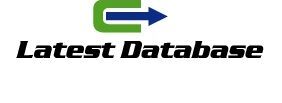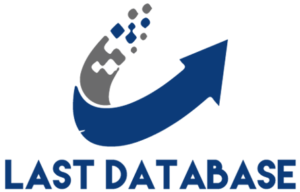The trick of selling at €9.99 instead of €10 is almost as old as marketing itself… Psychological pricing marketing but the fact is that it continues to work year after year. Psychological pricing hides many mechanisms in our brain that scientists are only just beginning to understand, and that marketers can use to our advantage. Do you want to know how? Today I invite you to discover the secrets of psychological pricing marketing.
Psychological marketing: why do we buy things that cost 4.99 euros?
Prices ending in 9 and 5 are to marketing what black is to fashion: a classic that never goes out list of ethiopia consumer email of fashion. According to a study carried out in the United States in the late 1990s, 60% of products had prices ending in 9 and 28% ended in 5.
But what is the reason for the success of this strategy? The results of some psychological marketing studies in recent years clarify this for us:
With psychological pricing, the consumer gets the impression that he or she is paying less . According to The Atlantic , this is because our mind only remembers the first digit of the price. Even though we rationally know that 5.99 is practically 6, we get the impression that in the first case the product costs “five euros and something.”
Prices that are not round are harder to calculate . If a product cost 10 euros and is now betting email list marked down to 8, we know almost immediately that the price has dropped by 2 euros, or 20%. If the product cost 9.98 and is now 7.97, this operation costs us considerably more.
Psychological pricing is strongly associated with the concept of “offer”
So when we see an item with a price tag ending in 95 or 99, our brain tends to believe that it is cheap.
So great is the power of price marketing that consumers prefer items with a visually attractive stop doing this on social media with your brand! price tag even if they are more expensive . In a study conducted by MIT and the University of Chicago, subjects had to choose between women’s clothing items priced at $34, $39, and $44. Common sense tells us that the cheaper items should win, but in fact consumers preferred the $39 option.
Another interesting fact is that different types of prices trigger different decision patterns , as recently published in the Journal of Customer Research. Non-round prices, such as 78.43 euros, encourage consumers to adopt a rational approach to their purchase. In contrast, round prices trigger an emotional response, making them ideal for non-essential products.
The keys to price marketing
As we have seen, psychological pricing is a great trick to attract the consumer’s attention, but it is not the only ace up the marketers’ sleeve. When it comes to pricing a product, it is not just the decimals that matter. Here are some guidelines to keep in mind to make a good decision:
For products that have been on the market for a while, there is a standard price that consumers are used to buying and that is set by the competition. Breaking this standard price barrier can be very costly and require a truly innovative product.
Along the same lines, a product has a perceived value in the mind of the consumer (which may or may not coincide with its real value) and which generally determines the maximum price we can assign to it.







